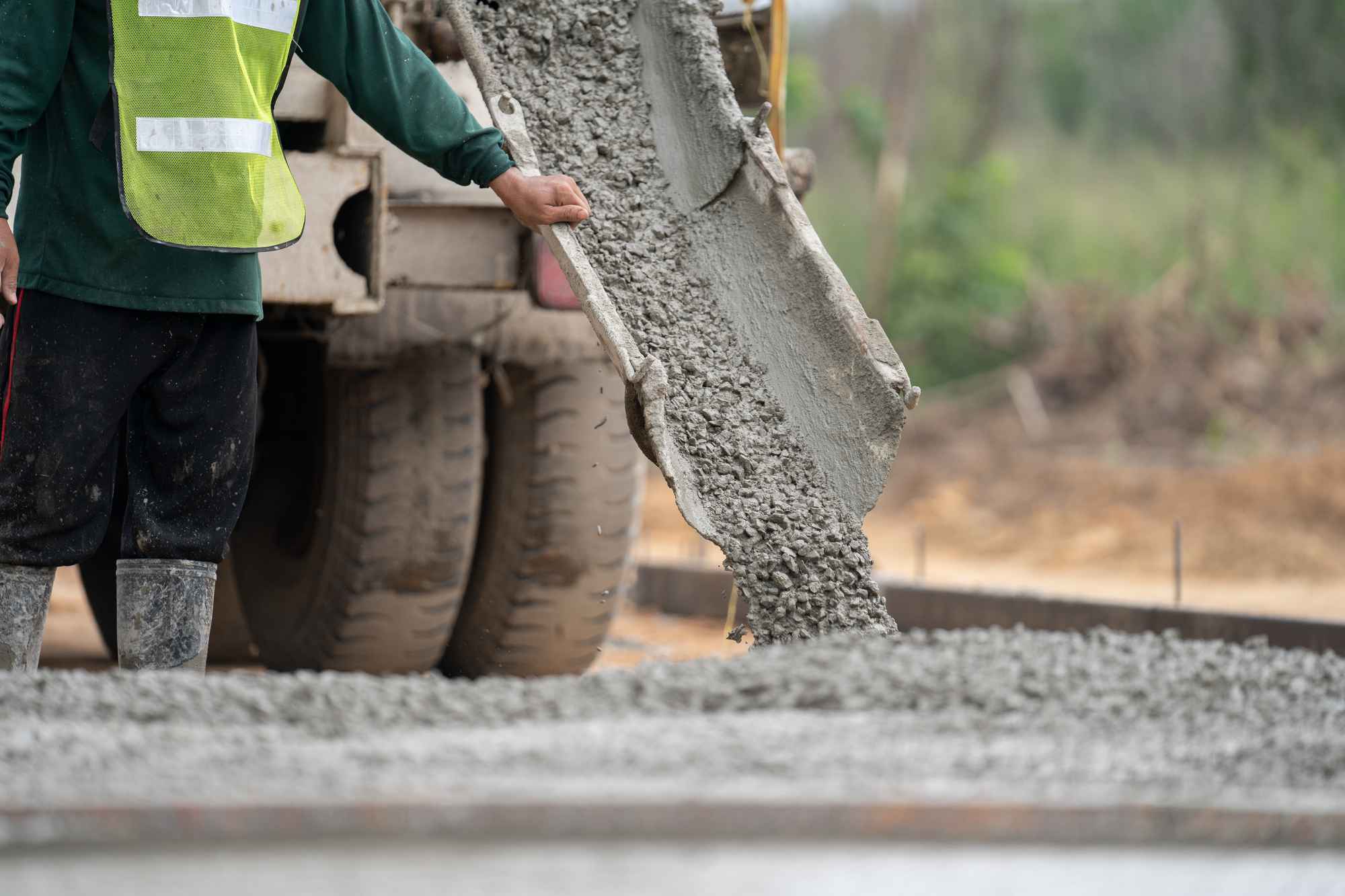Concrete is the backbone of modern construction, shaping everything from skyscrapers to sidewalks. As one of the most widely used materials in the world, its production and use drive significant economic and environmental impacts. Yet, behind the familiar gray slabs lies a complex industry fueled by innovation, market dynamics, and evolving regulations.
Understanding the concrete industry requires more than recognizing its ubiquity—it involves examining the numbers that define its scope. From global production volumes and revenue figures to employment statistics and sustainability benchmarks, these concrete industry statistics reveal how the industry operates, where it’s headed, and why it matters.
This article delves into the critical concrete industry statistics and facts shaping the industry, providing a clear picture of its scale, challenges, and opportunities. Whether you’re a professional in construction, a policymaker, or simply curious about the infrastructure all around you, these numbers tell a story worth exploring.
1. Concrete Industry Revenue: A $64 Billion Market
In 2023, the U.S. concrete production and delivery market generated $64 billion in revenue. This financial milestone underscores the significant role concrete plays in the national economy.
2. Ready-Mix Concrete Shipments: 393 Million Cubic Yards
The U.S. shipped 393 million cubic yards of ready-mixed concrete in 2023. This massive volume highlights the scale of the industry’s operations and its essential contribution to construction projects nationwide.
3. Rising Costs: Average Selling Price Hits $159.63
Between 2015 and 2023, the average selling price of ready-mixed concrete rose from $107.78 to $159.63 per cubic yard. This represents a steady annual growth rate of 5.0%, reflecting inflationary pressures and increased production costs.
4. Declining Volume: First Shipment Drop Since 2009
In 2023, ready-mixed concrete shipments were 0.4% lower than in 2022, totaling 400 million cubic yards—13% below the peak year of 2005. This marks the first decline in shipments in over a decade, reflecting broader industry challenges.
5. Profitability Struggles: 28% of Sales at a Loss
Nearly 28% of ready-mixed concrete sold in 2022 was at a loss. These numbers indicate persistent profitability challenges, underscoring the industry’s need to balance pricing strategies with rising costs.
6. Cement Shortages: Bottlenecks in Production
Cement shortages in 2023, coupled with reduced residential construction activity, constrained concrete production in some U.S. regions. This limitation illustrates the dependency on raw materials and external market conditions.
7. Inflation Catch-Up: Adjusted Concrete Prices
Concrete prices in 2022 and 2023 began to align with rising input costs like diesel, cement, aggregates, and labor. This correction followed a lag in 2021 when selling prices failed to keep pace with inflation.
8. U.S. Precast Concrete Market: $19.77 Billion and Growing
Valued at $19.77 billion in 2023, the U.S. precast concrete market is projected to grow at a 6.0% annual rate through 2030. This growth reflects increasing demand for durable, cost-effective construction solutions.
9. Revenue Growth: Outpacing the Competition
From 2018 to 2022, the concrete industry achieved a revenue growth rate of 6.9%, outperforming comparable construction sectors. This trajectory highlights the industry’s resilience and adaptability.
10. Employment in Precast: 102,000 Workers Strong
In 2022, precast concrete manufacturers employed 102,000 people across 2,730 facilities, generating $5.1 billion in wages and $25.8 billion in revenue. These figures demonstrate the industry’s substantial impact on the U.S. labor market.
11. Structural Components: 37% of Revenue
In 2023, structural building components represented the largest revenue segment, accounting for over 37% of the precast concrete market. This dominance reflects the critical role these products play in large-scale infrastructure projects.
12. Regional Focus: California’s Infrastructure Boom
California’s infrastructure projects, including a high-speed rail system connecting Los Angeles to San Francisco, drive demand for precast concrete. The state’s role as a key market highlights the importance of regional development initiatives.
13. Competitive Landscape: Fragmented but Fierce
The U.S. precast concrete market is highly fragmented, with competition focusing on product quality and pricing. Many manufacturers use long-term procurement agreements to strengthen their foothold in the market.
14. Standards Compliance: Meeting ASTM Requirements
All U.S. precast concrete products must adhere to ASTM standards. This compliance ensures consistent quality and reliability, fostering trust in the industry’s offerings.
Understanding the Concrete Industry
The concrete industry is a cornerstone of the construction world, influencing economies, infrastructure, and sustainability efforts on a global scale. Concrete industry statistics tell a story of resilience, growth, and ongoing challenges, providing valuable insights for those in or adjacent to the field. Staying informed about these trends is essential for making strategic decisions, whether you’re a manufacturer, supplier, or contractor.
At Galactic Turtle, we’ve created a comprehensive guide to help concrete companies navigate the world of local SEO, empowering them to handle their digital marketing in-house.
We also offer professional local SEO services for concrete contractors.
Get in touch with us to explore how our expertise can support your business goals.


